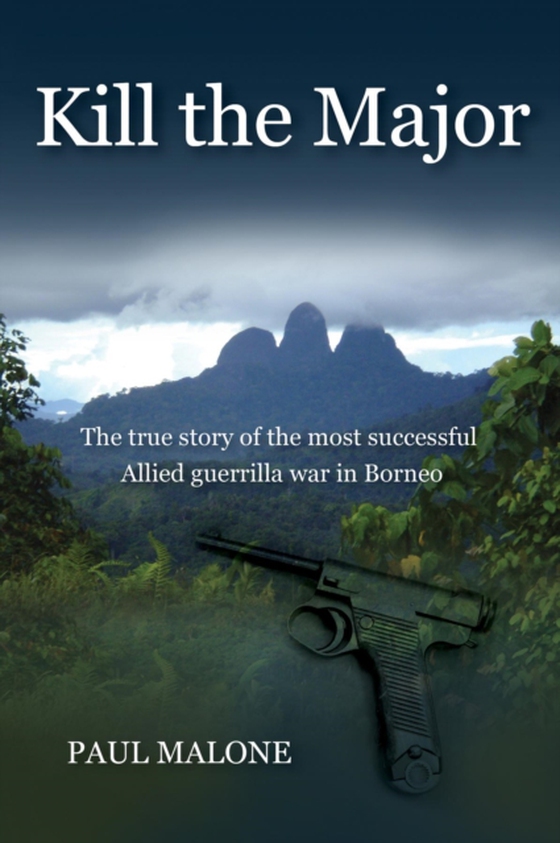
Kill the Major e-bog
61,42 DKK
(inkl. moms 76,78 DKK)
In March 1945 British Major Tom Harrisson and 42 Australian, New Zealand and British guerrillas dropped behind enemy lines in Borneo in an operation designed to assist the Australian Imperial Force's (AIF) landings on the island, the largest amphibious operation in Australia's history. In a matter of months the guerrillas moved well beyond their initial intelligence gathering mission, dis...
E-bog
61,42 DKK
Udgivet
1 juli 2020
Længde
214 sider
Genrer
HBW
Sprog
English
Format
epub
Beskyttelse
LCP
ISBN
9780648758747
In March 1945 British Major Tom Harrisson and 42 Australian, New Zealand and British guerrillas dropped behind enemy lines in Borneo in an operation designed to assist the Australian Imperial Force's (AIF) landings on the island, the largest amphibious operation in Australia's history. In a matter of months the guerrillas moved well beyond their initial intelligence gathering mission, disrupting enemy supply lines, mounting raids on Japanese outposts, ambushing and often beheading, Japanese soldiers in the jungle. By the War's end they had killed over 1,000 enemy. When Japan surrendered in August 1945, the AIF abruptly wound-up operations, leaving the Borneo tribespeople and brothers-in-arms to the fate of two roaming Japanese companies. Harrisson led a small band of guerrillas to hunt down these renegades, forcing their surrender on 30 October 1945, ten weeks after the war's official end. Harrisson required his men to live off the land and at times, appeared oblivious to their appalling conditions. Nevertheless all 42 members of his force survived the war. But rather than revere their leader, many hated him and three wanted to kill him. "e;Malone's fascinating book reveals that the Allied guerrillas, with the help of traditional head-hunting local tribesmen, did an outstanding job after being dropped into the Borneo jungle during the Pacific War. In particular, Malone builds a strong argument that the 9th Division should have accepted the guerrillas' accurate intelligence and moved inland to round up the two big groups of Japanese roaming the interior. Instead, following the official Japanese surrender, they chose to withdraw, leaving the loyal locals at the mercy of the Japanese."e; Brian TooheyNational security writer and former Canberra and Washington correspondentfor the Australian Financial Review
 Dansk
Dansk

